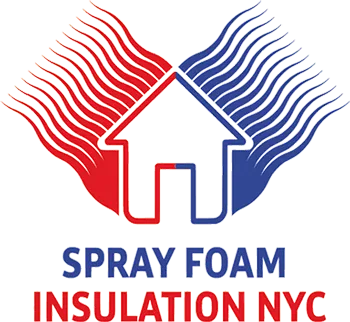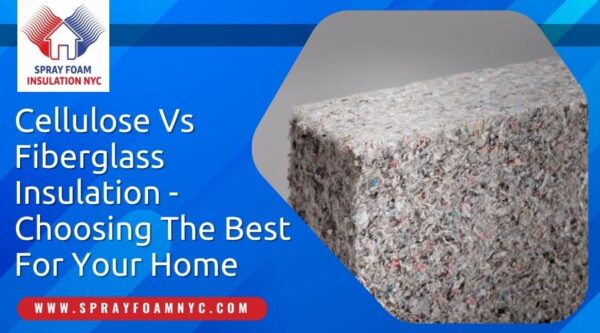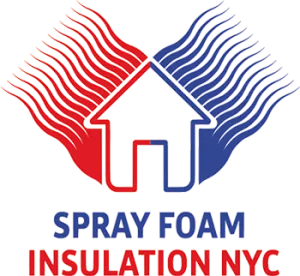Insulating your home is vital for achieving optimal energy efficiency and ensuring a pleasant indoor atmosphere. Among the various insulation materials available, two popular choices are Cellulose and Fiberglass insulation. In this article, we will conduct an in-depth exploration of the distinctions between Cellulose and Fiberglass insulation, carefully evaluating their respective advantages and disadvantages, installation procedures, environmental implications, and cost considerations.
By gaining a comprehensive understanding of the differences between Cellulose and Fiberglass insulation, you can confidently make an informed decision on selecting the most suitable insulation type for your home. Whether you opt for cellulose insulation services or choose the Fiberglass alternative, this knowledge will guide you toward achieving a well-insulated and comfortable living space.
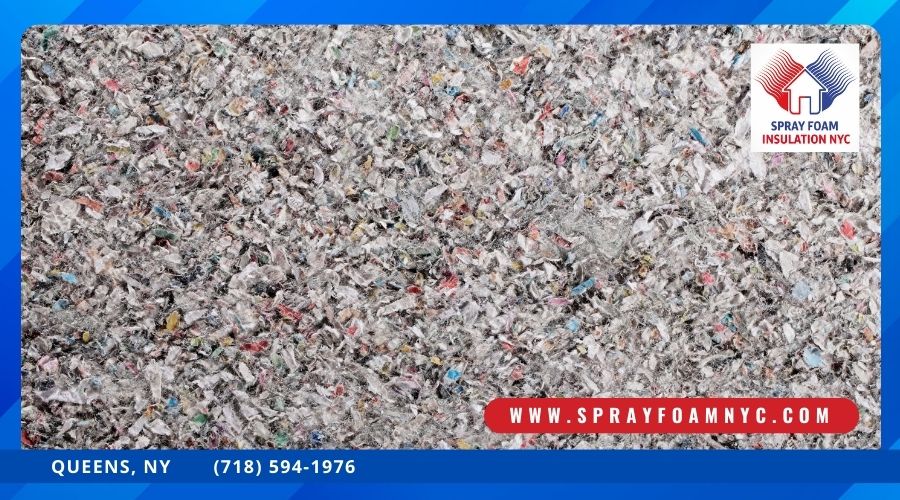
Definition of Cellulose Vs Fiberglass Insulation
Cellulose insulation is an eco-friendly option made from recycled paper or plant fibers. It is treated with fire-retardant chemicals and can be installed as loose-fill or in the form of batts.
Fiberglass insulation, on the other hand, consists of fine glass fibers. It is available in batts or rolls and is known for its affordability, durability, and ease of installation.
Pros of Cellulose Vs Fiberglass Insulation
- Cellulose Insulation: Cellulose insulation provides effective thermal insulation, helping to maintain a consistent temperature in your home and reducing energy consumption. It is known for its sound-absorbing properties, helping to minimize noise transmission and create a quieter indoor environment. Cellulose insulation fills gaps and voids, creating a tight seal that reduces air infiltration and drafts, improving energy efficiency. Cellulose insulation is made from recycled paper or plant fibers, making it an environmentally friendly option that reduces waste and promotes sustainability.
- Fiberglass Insulation: It is a cost-effective option, making it more budget-friendly compared to other insulation materials. Fiberglass insulation is highly durable and long-lasting, providing insulation performance for many years without significant degradation. It Is well-suited for DIY installation, as it comes in batts or rolls that can be easily cut and fitted into the desired spaces. Fiberglass insulation is naturally resistant to mold, mildew, and moisture, making it a suitable choice for areas prone to dampness.
Cons of Cellulose Vs Fiberglass Insulation
- Cellulose Insulation: Cellulose insulation typically requires professional insulation installation due to the specialized equipment and techniques involved. DIY installation is not recommended for optimal results. Improper installation of cellulose insulation can lead to settling over time, resulting in insulation gaps and reduced effectiveness. It is crucial to hire experienced installers to ensure proper installation. Cellulose insulation generally has a higher upfront cost due to the need for professional installation services, which adds to the overall expenses.
- Fiberglass Insulation: Fiberglass insulation consists of tiny glass fibers that can cause skin irritation and itchiness when in direct contact. It is important to wear protective clothing, such as gloves, a mask, and long sleeves, during the installation process. Fiberglass insulation requires proper sealing and installation techniques to minimize air leakage. Inadequate sealing can compromise its effectiveness and lead to energy loss. While fiberglass insulation provides some level of soundproofing, it is generally less effective in reducing noise transmission compared to cellulose insulation.
Installation Process of Cellulose Vs Fiberglass Insulation
- Cellulose Insulation: Cellulose insulation is typically installed by professionals who use specialized equipment to blow or spray the material into the desired areas. This ensures proper coverage, density, and insulation performance.
- Fiberglass Insulation: Fiberglass insulation is well-suited for DIY installation. It comes in batts or rolls that can be easily cut to size and fitted between studs, joists, or rafters. However, it is important to follow proper installation guidelines for optimal results. Due to the potential for skin irritation from the glass fibers, it is crucial to wear protective clothing, including gloves, a mask, and long sleeves, when handling and installing fiberglass insulation.
Environmental Impact of Cellulose Vs Fiberglass Insulation
- Cellulose Insulation: Cellulose insulation is made from recycled paper or plant fibers, contributing to waste reduction and promoting environmental sustainability. The production of cellulose insulation requires less energy compared to fiberglass insulation, resulting in a lower carbon footprint. Cellulose insulation’s ability to reduce air leakage enhances energy efficiency, reducing overall energy consumption and environmental impact.
- Fiberglass Insulation: Fiberglass insulation incorporates a considerable amount of recycled glass, contributing to the recycling industry and reducing waste. The manufacturing process of fiberglass insulation involves high energy consumption and generates greenhouse gas emissions, contributing to environmental impact.
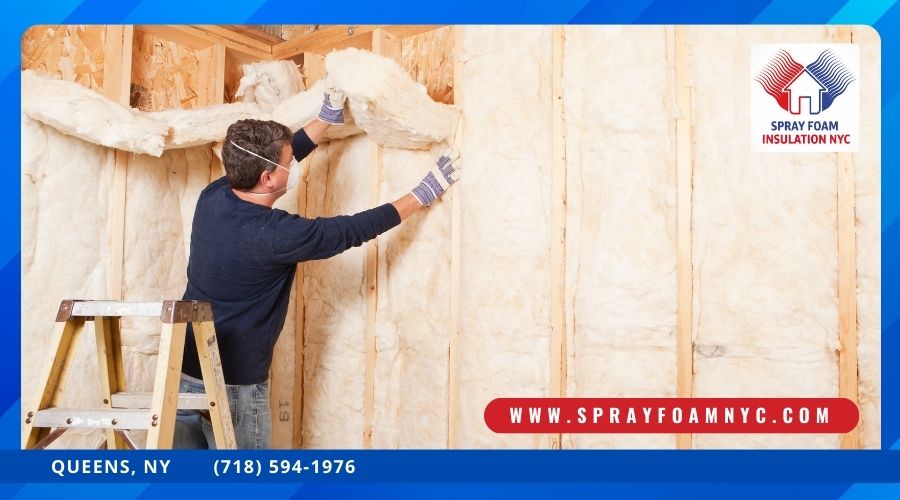
Conclusion
When deciding between cellulose and fiberglass insulation for your home, it’s essential to consider various factors. Cellulose insulation offers excellent thermal performance, soundproofing qualities, and environmental benefits due to its recycled materials. However, it requires professional attic insulation installation and has a higher upfront cost. On the other hand, fiberglass insulation is affordable, durable, and DIY-friendly, but it may cause skin irritation during installation and has lower soundproofing capabilities.
Ultimately, the choice depends on your specific needs, budget, and preferences. If you prioritize energy efficiency, soundproofing, and sustainability, cellulose insulation may be the ideal option. However, if affordability, ease of installation, and durability are your main concerns, fiberglass insulation might be a better fit.
Remember to consult with insulation professionals and insulation contractors in Queens, NY who can assess your home’s unique requirements and provide expert recommendations based on factors like climate, building structure, and insulation goals. With the right choice, you can enhance the comfort, energy efficiency, and value of your home.
FAQs
Is cellulose insulation more environmentally friendly than fiberglass insulation?
Yes, cellulose insulation is considered more environmentally friendly as it is made from recycled paper or plant fibers, reducing waste and promoting sustainability.
Can I install fiberglass insulation myself?
Yes, fiberglass insulation is DIY-friendly and can be installed by homeowners. However, it’s crucial to follow proper installation guidelines and wear protective clothing to avoid skin irritation.
Which type of insulation provides better soundproofing capabilities?
Cellulose insulation is known for its superior soundproofing qualities compared to fiberglass insulation. It can effectively reduce noise transmission and create a quieter indoor environment.
Does cellulose insulation settle over time?
If not installed properly, cellulose insulation can settle over time, leading to insulation gaps and reduced effectiveness. It is important to hire experienced professionals to ensure proper installation and avoid settling issues.
Which insulation type offers better long-term energy savings?
While cellulose insulation has a higher upfront cost, its superior thermal performance can lead to long-term energy savings, reducing utility bills over time. Fiberglass insulation is also energy-efficient but generally has a lower upfront cost.
